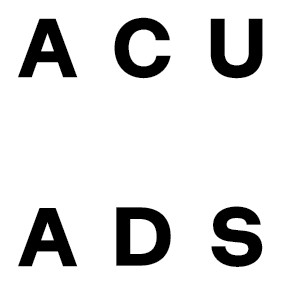The government has recently proposed Australia as an Innovation Nation, trying to promote the commercialization of science and research. However, this focus on ‘innovation’ is usually linked to STEM (Science, Technology, Engineering, and Maths), and priorities are given to Science, with fields as Biomedical or Information Technology (IT) receiving most of the government funding. This view neglects the role of the creative disciplines such as Art and Design, which are sometimes perceived as having ‘cosmetic’, or ‘maker’ roles, rather than ‘tactic’ and ‘strategic’ ones.
In this context, traditional Design disciplines (Graphic, Industrial, Built Environment) have evolved from merely the conception of ‘things’ (be it a print magazine, a piece of furniture, or a building), to broader creative problem solving, management and strategic approaches to achieve predetermined goals, in what becomes a ‘dematerialisation’ of design. New design disciplines, such as Service Design, User-Experience Design (UX) and Business Model Design are increasingly important.
How can design education better prepare designers to play value-creating roles in the Innovation Nation, when non-design professionals are the ones increasingly practicing ‘design thinking’?
This paper describes various educational projects by the authors, which incorporate strategic and entrepreneurial approaches in education. Projects range from ones that explore design of systems, services and user-experiences, to projects that enhance entrepreneurial skills. The paper offers ideas for educators, exemplifying new and increasing values of strategic and entrepreneurial approaches in Art and Design education.
